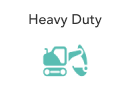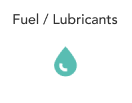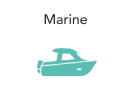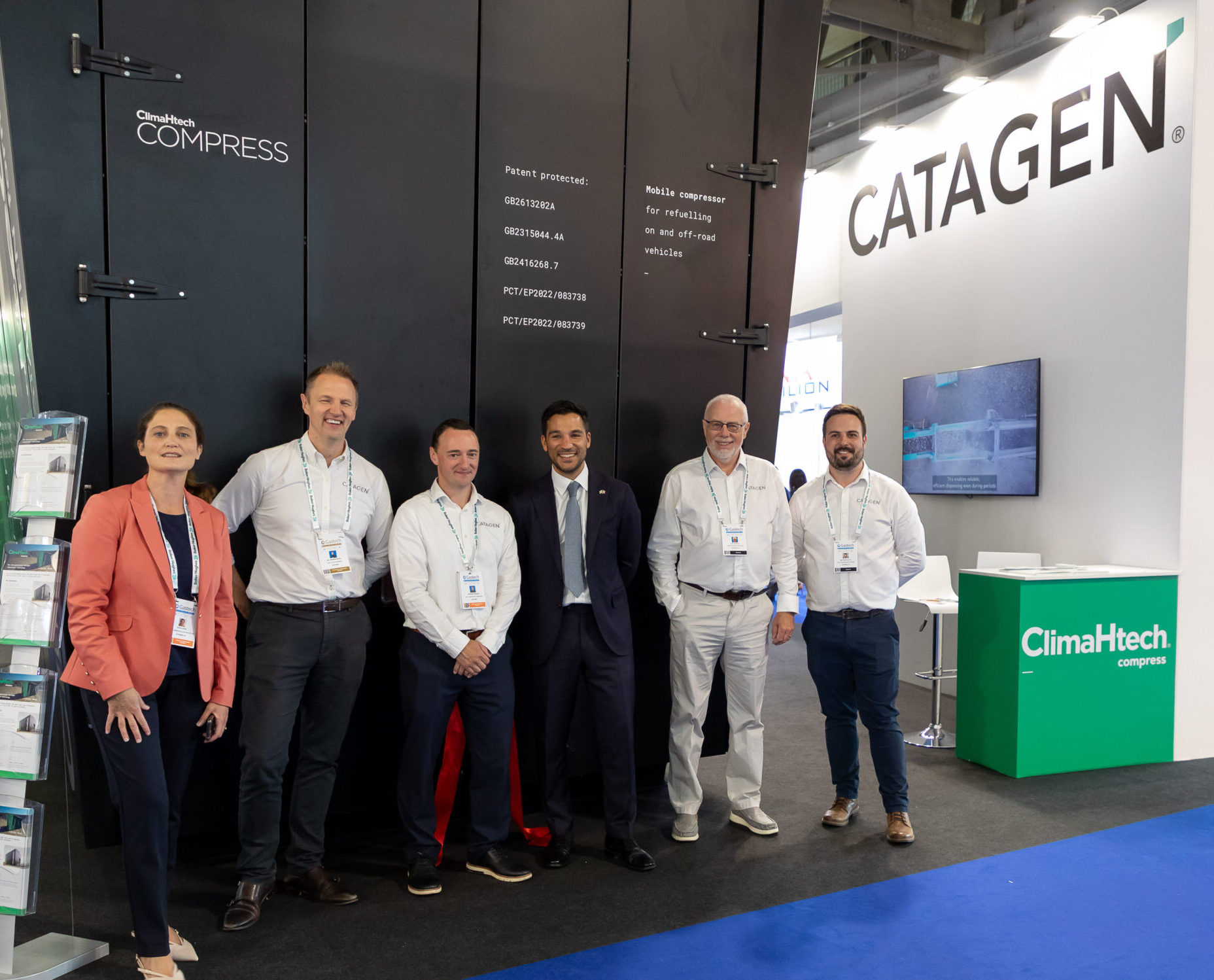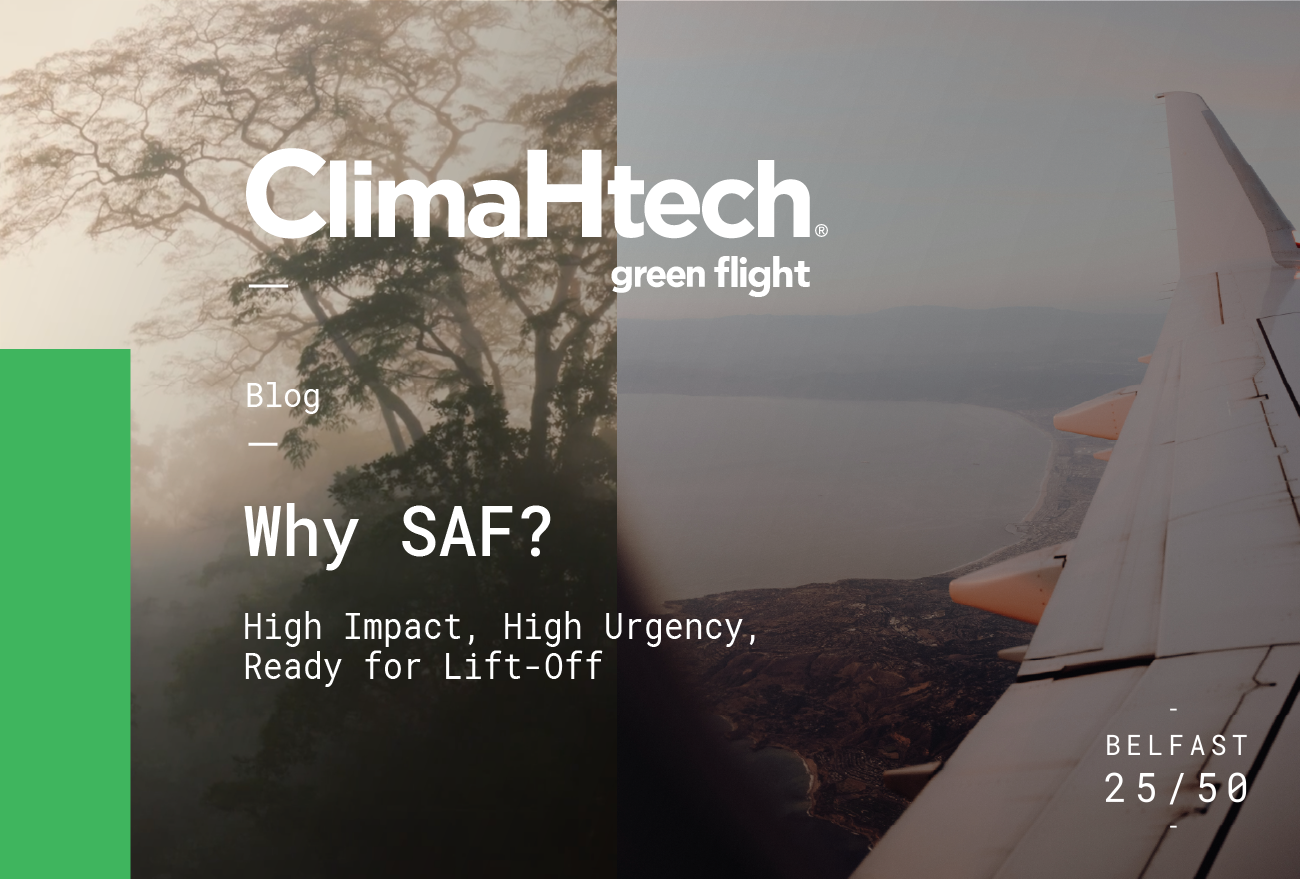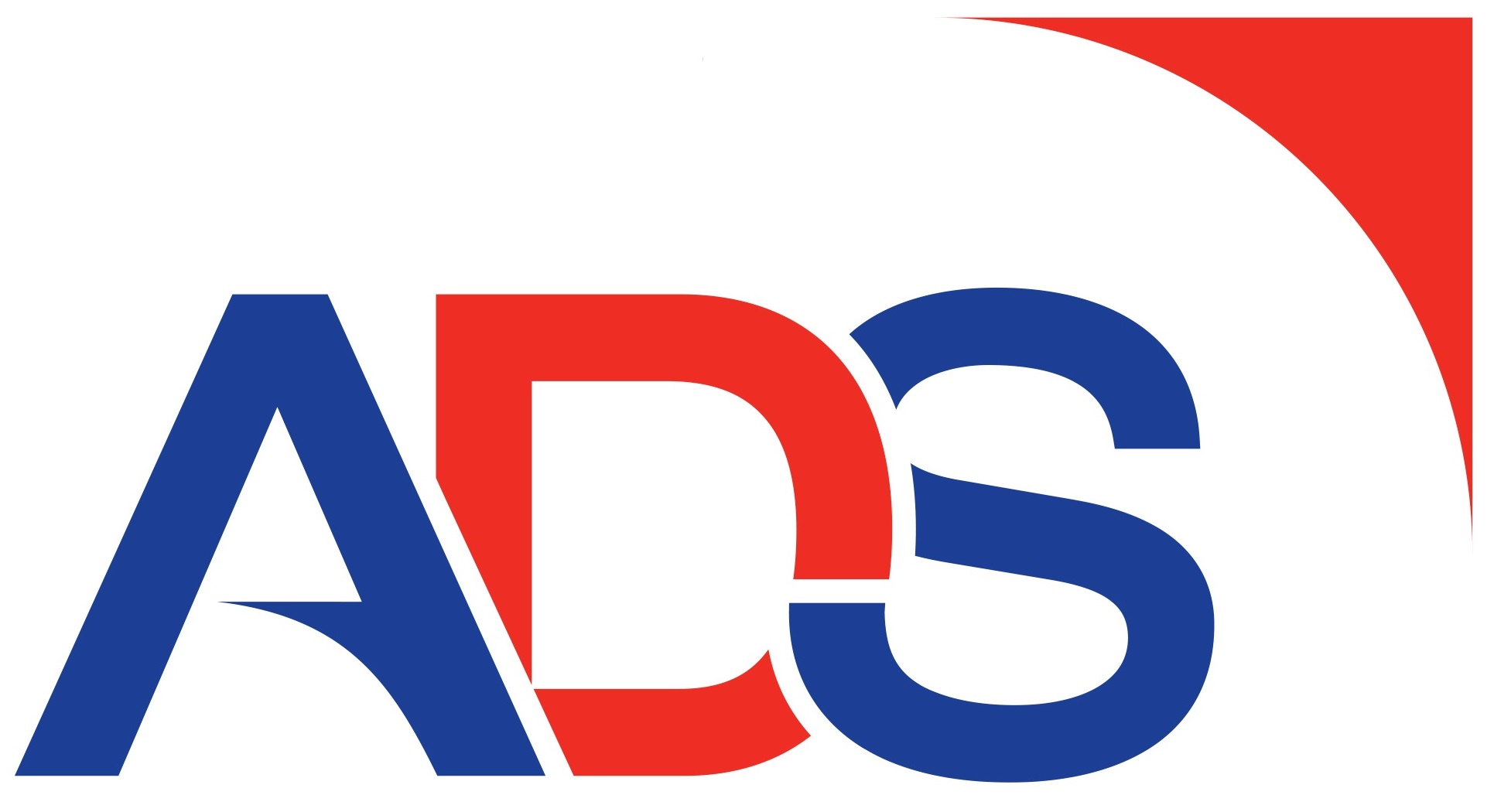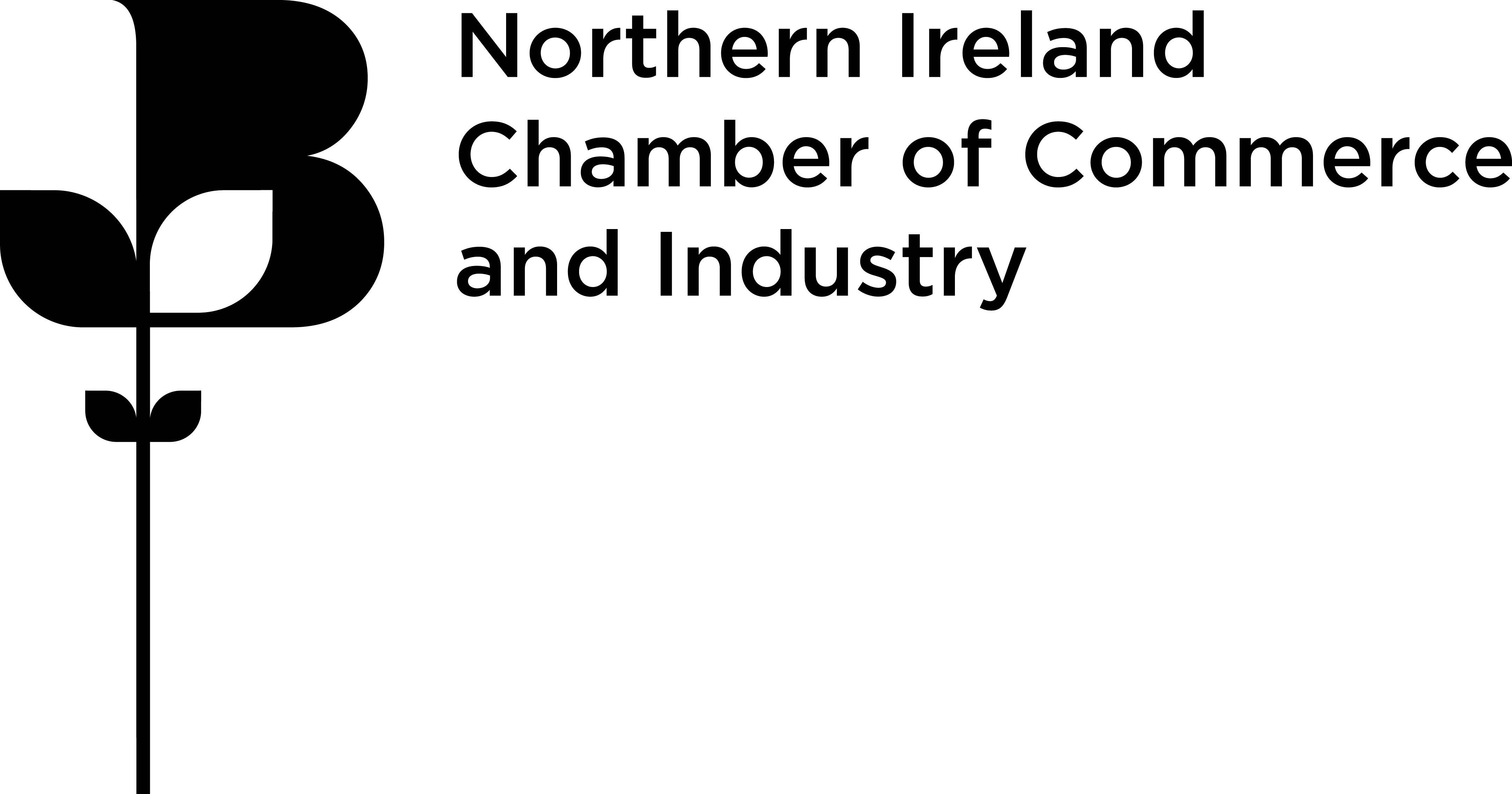ClimaHtech SAF
GET IN CONTACTOVERVIEW
ClimaHtech Green Flight SAF
CATAGEN’s pioneering ClimaHtech E-FUEL GEN technology produces a range of e-Fuels including Sustainable Aviation Fuel (SAF) by combining renewable hydrogen and sustainable carbon dioxide using renewable electricity. SAFs are liquid fuels which can reduce emissions by up to 80% compared to fossil jet fuel.
CATAGEN’s electrically driven E-FUEL GEN technology can produce SAF from wind, water and air (gHreen e-SAF) and from wind and sustainable bio-organic waste (gHreen bio-SAF). CATAGEN’s ClimaHtech systems can tolerate intermittent renewables and are modular and scalable, enabling accelerated deployment in the market.

Milestones:
- Q4 2022: First prototype and e-fuel produced
- Q2 2024: CATAGEN is first company to submit
e-fuel sample to EU SAF Clearing House - 2025: Launch of world first electrically driven production model
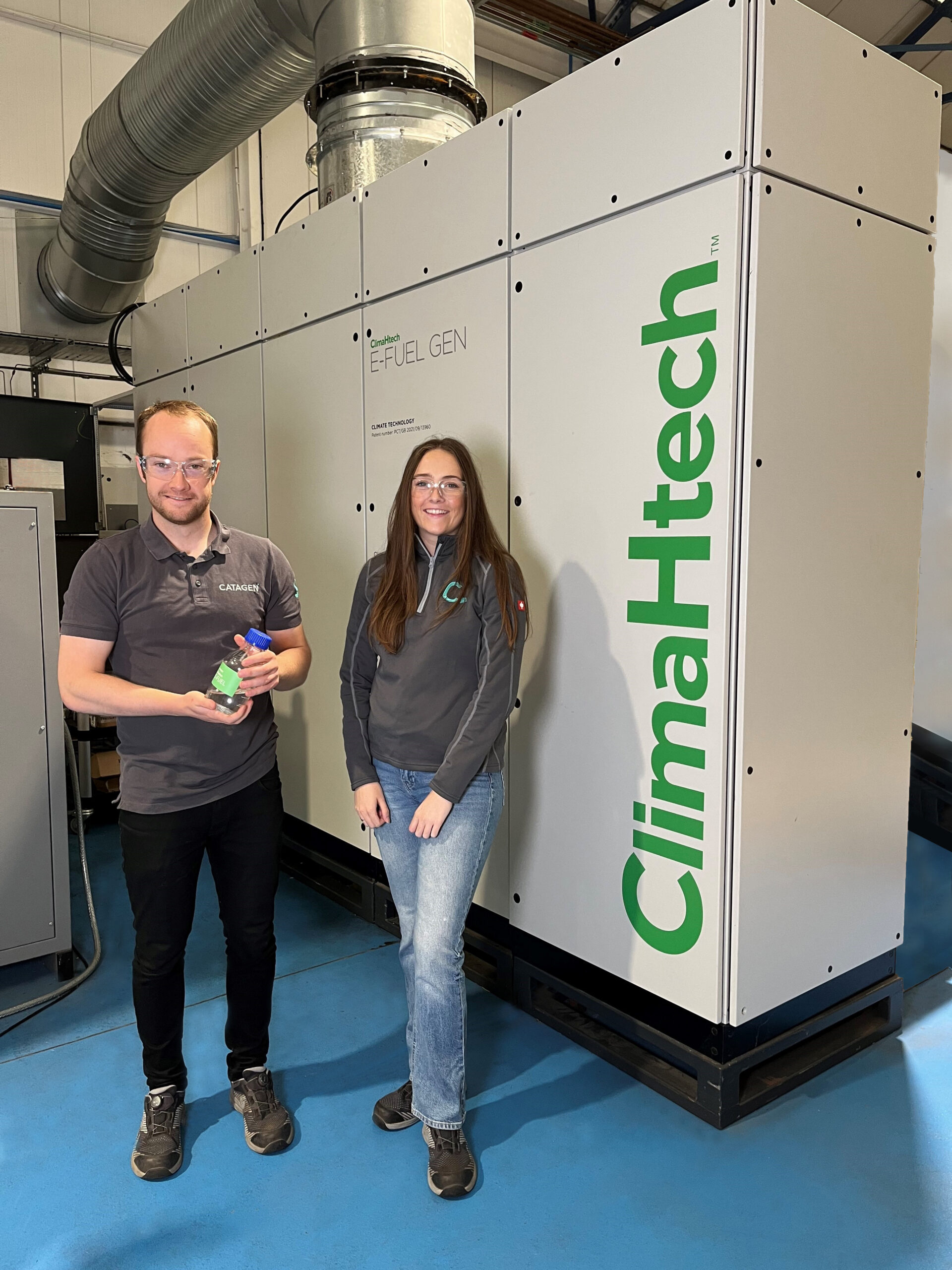

Benefits for SAF

DECARBONISING
Aviation
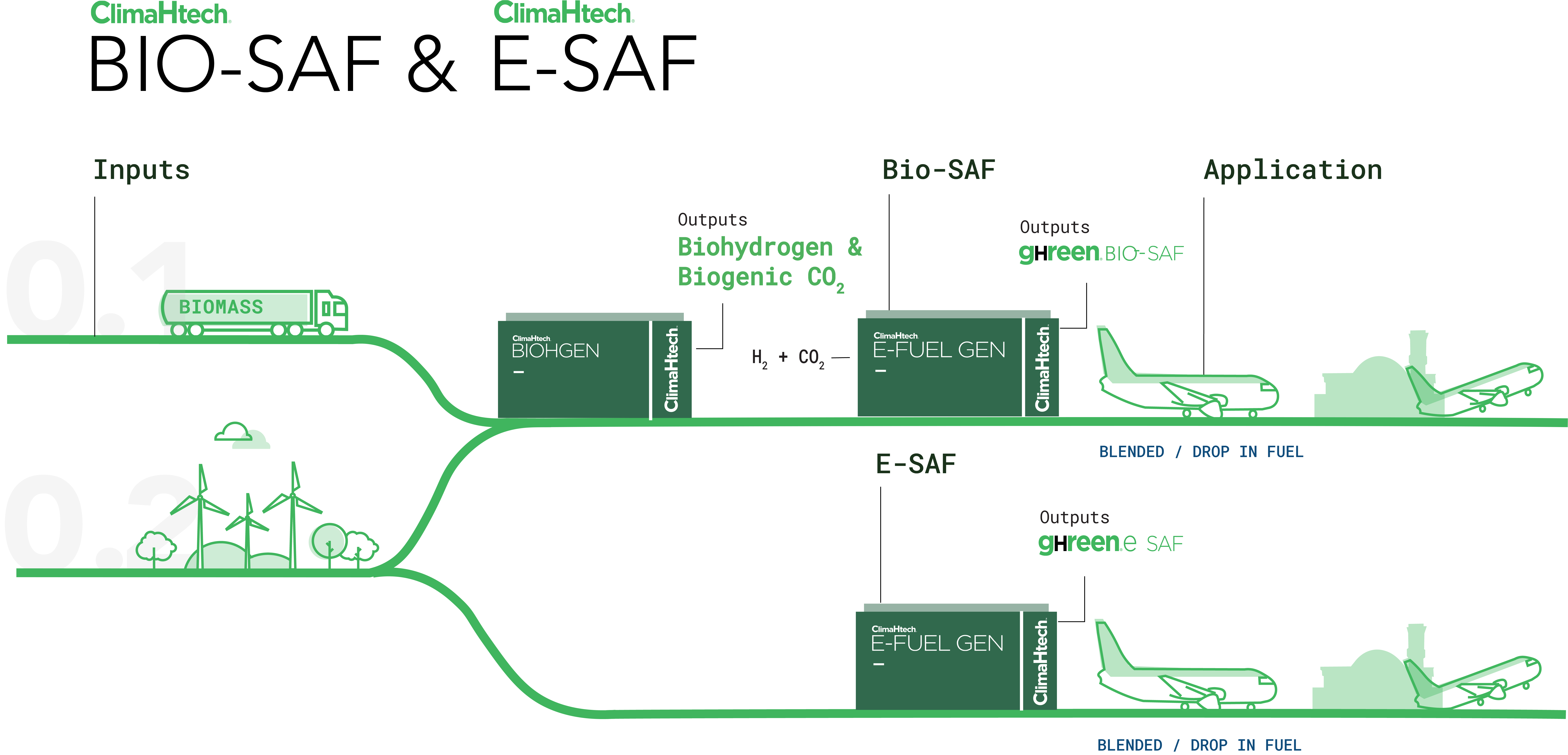
Pathway 1 combines ClimaHtech BIOHGEN and E-FUEL GEN to produce gHreen bio-SAF. BIOHGEN produces biohydrogen and biogenic carbon dioxide, solving the issue of where to source the carbon dioxide required to produce SAF. CATAGEN’s bio-SAF pathway is non-HEFA (Hydroprocessed Esters and Fatty Acids).
Pathway 2 combines ClimaHtech HGEN, CAPTURE and E-FUEL GEN to produce gHreen e-SAF from hydrogen and carbon dioxide. Other sources of hydrogen and carbon dioxide can also be used.
INSIGHT
Opportunity for SAF
In 2022, aviation contributed around 2.5% of global CO2 emissions. It is the fastest-growing mode of transport compared to rail and road and is a hard-to-abate sector, so its percentage of global emissions is expected to increase. Some 100,000 flights take off and land every day across the world.
A single long-haul flight can create more carbon emissions in a few hours than the average person in 56 different countries will generate in an entire year. (World Economic Forum).
The International Air Transport Association (IATA) estimates that Sustainable Aviation Fuels (SAFs) could contribute around 65% of the emissions reduction needed by the aviation sector to reach net zero in 2050, with new technologies, infrastructure/operations and offsetting/carbon capture making up the remainder.
The SAF market is attracting significant interest due to its global scale and need, estimated at USD 576.18 million in 2022 and is expected to grow by 57.5% from 2023 to 2030. By 2050, it is expected to be a USD 402 billion industry.
EMISSIONS
The aviation industry
Aviation contributes about 2.5% of global annual emissions and is difficult to decarbonise, with 81% of emissions coming from passenger flights and the remaining 19% from freight.
The International Air Transport Association (IATA) estimates that SAF could contribute around 65% of the reduction in emissions needed by the aviation sector to reach net zero in 2050, with new technologies, infrastructure/operations and offsetting/carbon capture making up the remainder. According to IATA, it is expected that 449 billion litres of SAFs will be required by 2050. SAF mandates and targets are in place in the EU, UK and USA.

PARTNER WITH US
ClimaHtech SAF Lead
Mel Courtney
Mel is part of the CATAGEN Commercialisation Team supporting the continued scaling and growth of ClimaHtech.
ClimaHtech has a particular focus on hard to decarbonise sectors such as cement, aviation and transit.
Interested in being an off-taker? #tocleananddecarbonisetheair

GET IN CONTACT
Become an off-taker
Titanic Quarter Belfast
+44(0)289045510


